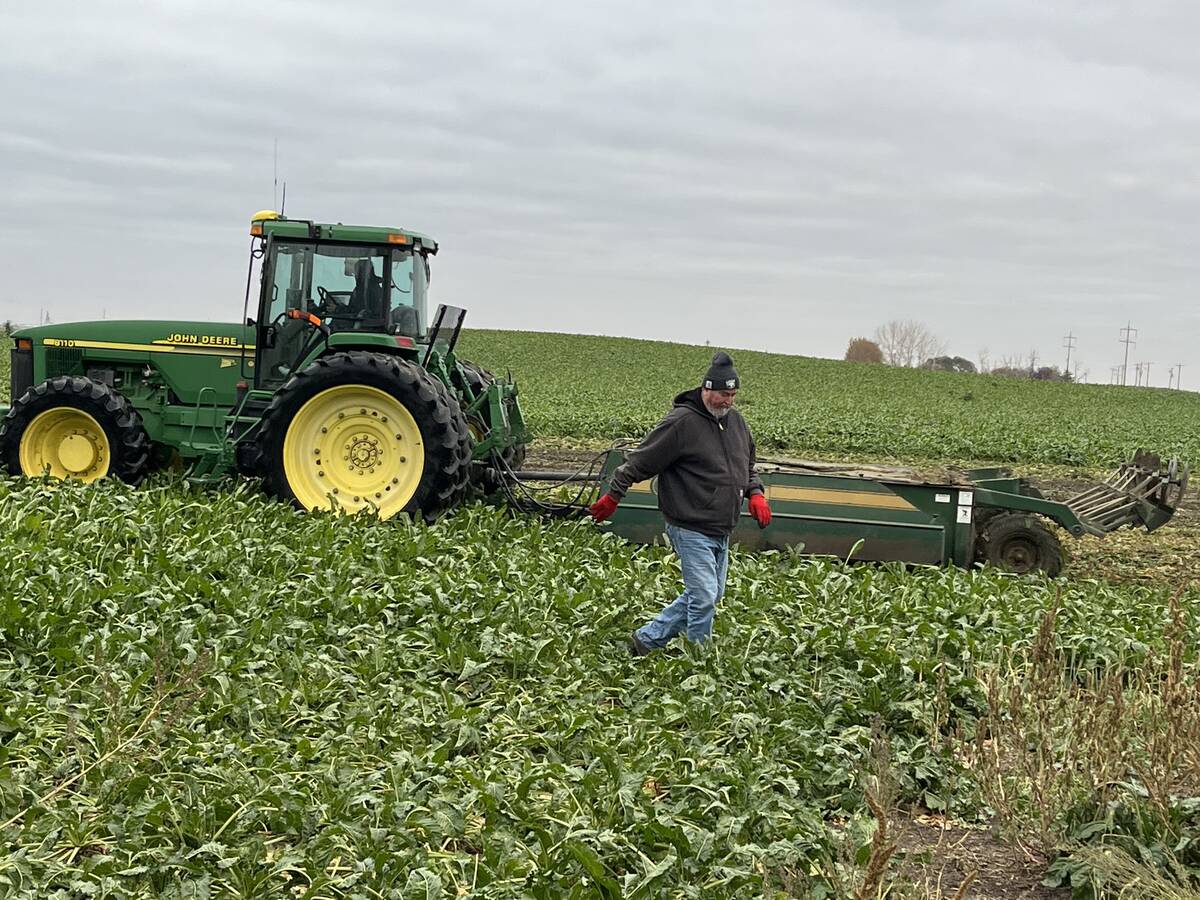The sale offering may have been smaller than past years but the atmosphere at the 111st Calgary Bull Sale on March 3 was upbeat.
“If this sale is hot, then maybe we’ll get people coming back again,” said Mabel Hamilton, president of the Alberta Cattle Breeders Association and a partner in Belvin Angus at Innisfail. She has been coming to the sale all her life and was in fact born at the same time as the sale.
Fat steers are setting record prices and cull bull prices are moving to unexpected highs. At the end of February Canfax reported butcher bulls ranged from $65 to $88 per hundredweight.
Read Also

Weight-loss drugs and health initiatives hammer a crop that usually provides an economic cushion
Americans are simply eating less sugar. Consumption started to decline in the 1990s as artificial sweeteners grew in popularity. Farmers this year planted their smallest sugar beet acreage since 1982.
“Right now cull bulls are worth a lot of money,” she said.
With prices like that, seedstock producers hope more people will remove the mature animals and replace them with youngsters.
Commercial prices take time to trickle down to seedstock producers.
“With BSE, probably the purebred people were hurt the most. In order to be a purebred breeder there are requirements,” she said.
“We weren’t getting paid to do those extra things.”
The animals must be registered, DNA tests are done and strict records are maintained. Hamilton’s son, Colton, is a fourth generation rancher and in his world the science of genomics goes hand in hand with visual appeal. Genomic expected progeny differences predict a bull’s genetic prowess before it even produces calves.
Most of these animals end up in commercial herds.
British Columbia auctioneer Don Raffan has witnessed better prices across the board.
“The producers are getting paid but it is still not enough because they have been below the cost of production for many years,” he said after selling the Angus section of the sale.
“It has got to change. We have lost so many producers and if it keeps going, there will be very few left,” he said.
He sells commercial cattle at Valley Auction in Armstrong, B.C., and also auctioneers at farm production sales. Crowds are turning up for the sales but he notices many of the buyers are mature rather than young people.
He remains confident however.
“All the bull sales so far have been very positive this year,” he said.
“They are replacing their older bulls and getting new bulls so it is encouraging to see they are buying these bulls.”
Females are also in demand again and last week at a production sale at Athabasca, Alta., he sold to commercial bred heifers for $1,750 to $1,950.
“That is the highest I have ever sold them in my career,” he said.
“There will be things happening in the cattle industry this year that haven’t been seen before,” he said.















